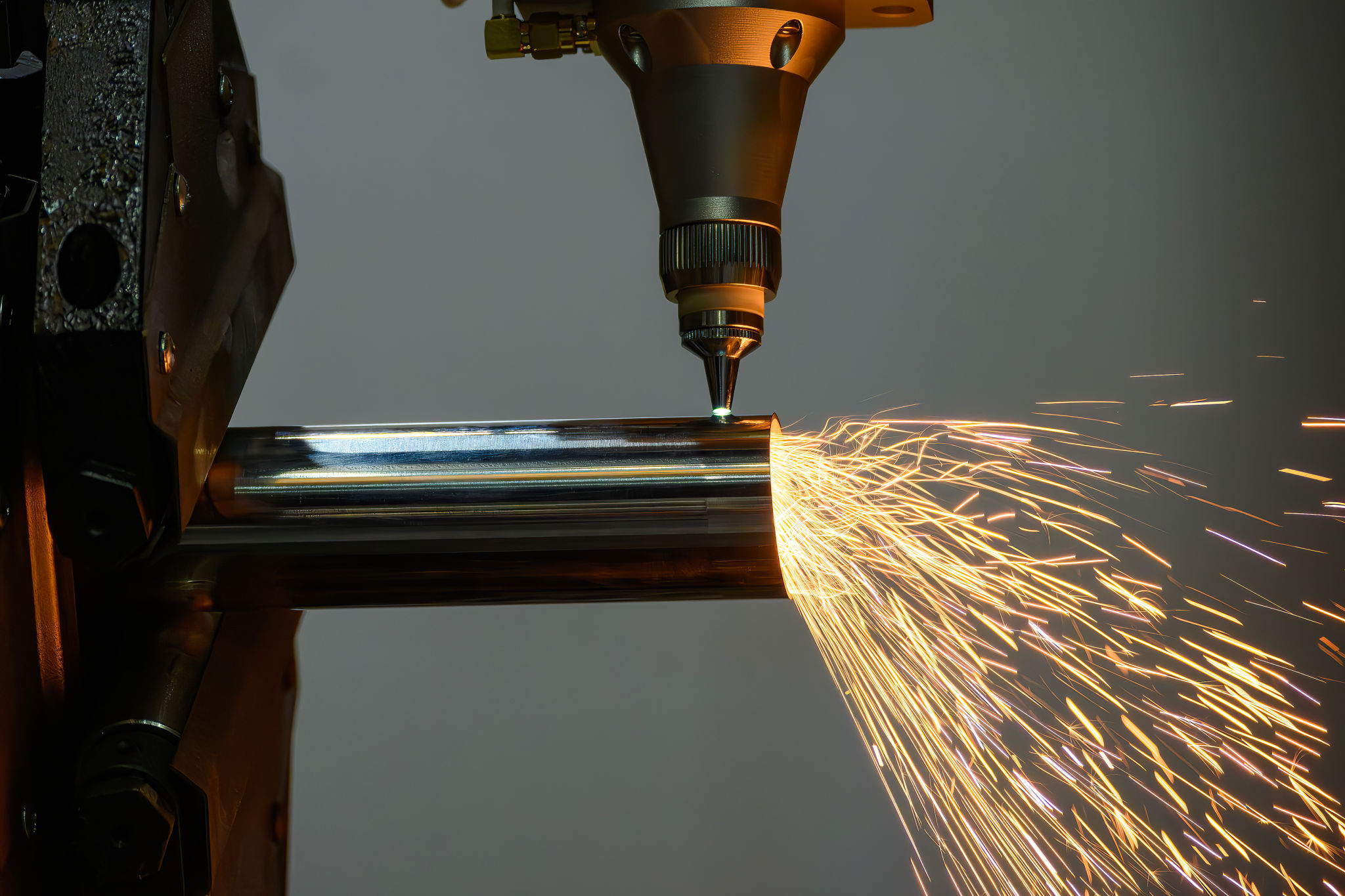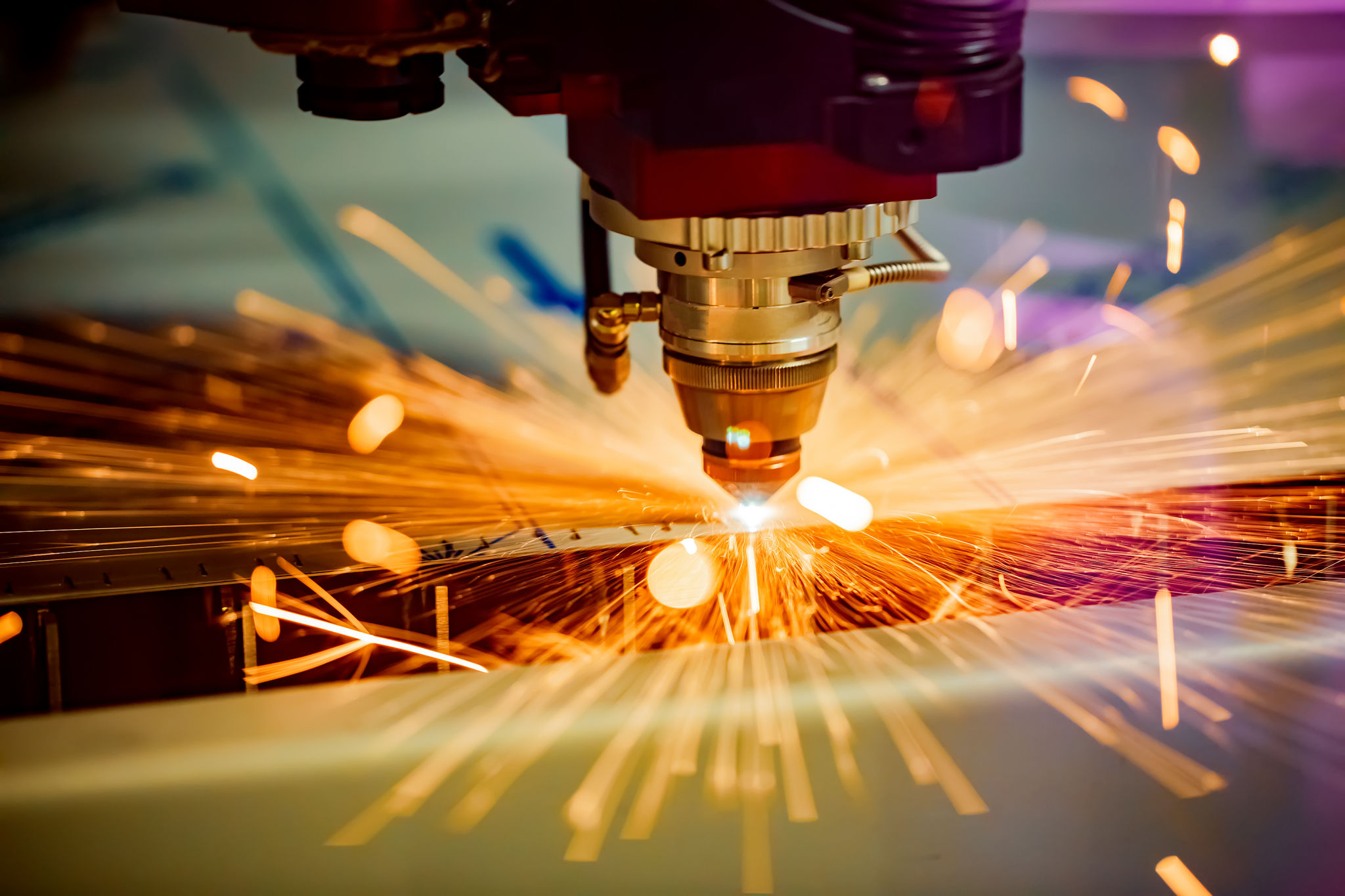The Art of Laser Engraving: From Design to Execution
Understanding Laser Engraving
The art of laser engraving has seen significant evolution over the years, revolutionizing the way we approach design and personalization. Laser engraving involves using a laser beam to etch designs into various materials, from wood to metal, offering precision and depth that traditional methods cannot match.
This technology is not just for industrial applications; it has found its way into the world of art, fashion, and even home decor. The ability to create intricate designs with a laser opens up endless possibilities for customization and creativity.

The Design Process
Conceptualization
Creating a successful laser engraving piece starts with a solid design concept. Artists and designers often begin by sketching ideas or using digital tools to visualize the final product. The design should consider the material's properties and the desired depth of engraving.
Digital Design Tools
Once a concept is in place, it's time to bring it to life using digital design software. Programs like Adobe Illustrator or CorelDRAW are popular choices that allow designers to create precise vector files, which are essential for guiding the laser cutter. These tools help in adjusting intricate details and ensuring the design is ready for execution.

Choosing the Right Material
The choice of material is crucial in laser engraving. Each material reacts differently to the laser's heat, affecting the final appearance of the engraving. Common materials include wood, acrylic, glass, leather, and metal. Each offers unique aesthetic qualities and durability.
Understanding the properties of these materials helps in selecting the right one for your project. For example, wood offers a natural and rustic finish, while acrylic can deliver a sleek, modern look.

The Execution Phase
Setting Up the Laser Engraver
Once the design is finalized and material selected, the next step is setting up the laser engraver. This involves calibrating the machine settings such as speed, power, and frequency to match the chosen material. Proper setup is crucial for achieving clean and precise engravings.
Engraving Process
With everything in place, it's time to start the engraving process. The laser follows the vector paths created in the design software, etching into the material with precision. Depending on the complexity of the design and material hardness, this process can take anywhere from a few minutes to several hours.

Finishing Touches
After engraving, some projects may require additional finishing steps. This can include cleaning off residue left by the laser or adding color fills to enhance the engraved design. These finishing touches can significantly impact the final aesthetic of the piece.
For those looking to add a personal touch to their creations, laser engraving offers an unparalleled level of customization. Whether for personal use or commercial purposes, mastering this art form opens a world of possibilities.